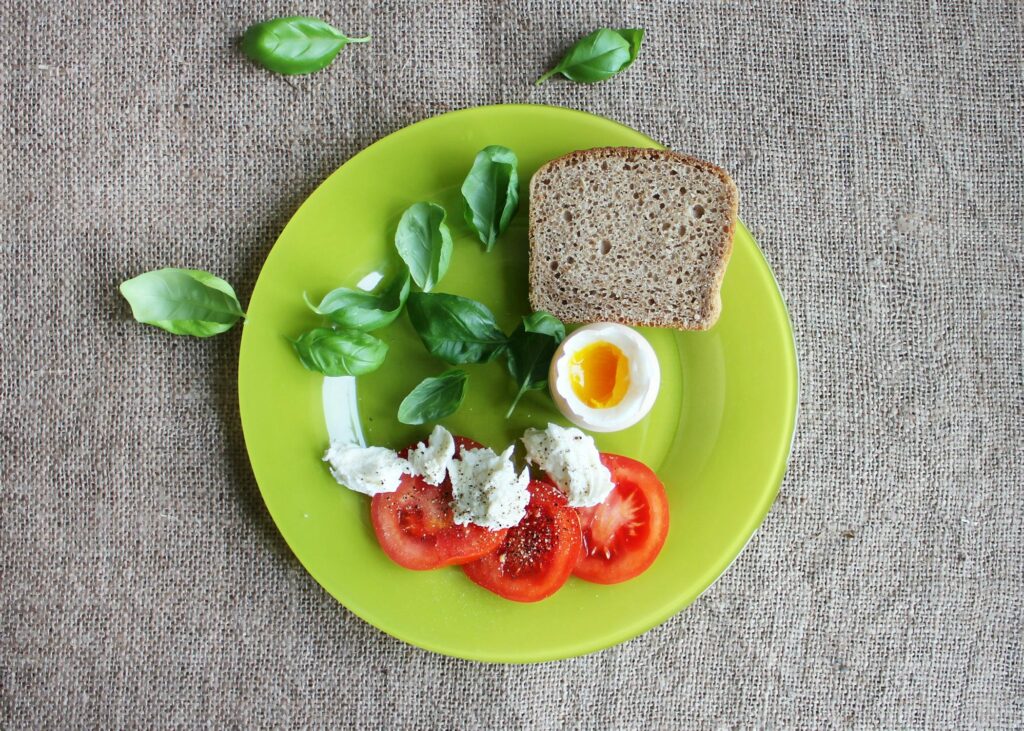When people think about fitness, they often picture weights, treadmills, or workout routines. But what you eat plays just as big a role — maybe bigger — in how you look, feel, and perform. The right nutrition isn’t about fad diets or obsessing over calories. It’s about fueling your body so you have the energy to work out, recover well, and stay consistent over the long haul.
This guide will break down how to keep nutrition simple, sustainable, and supportive of your goals — without feeling like you need to be a chef or nutritionist to succeed.
Why Nutrition Matters
Workouts push your body, but nutrition is what powers and repairs it. Think of food as fuel: you can’t expect peak performance if you’re running on fumes or filling the tank with the wrong stuff. Balanced nutrition helps you:
- Have steady energy throughout the day
- Recover faster after workouts
- Support muscle growth and fat loss
- Improve mood and focus
- Build long-term health
Skipping meals, eating junk, or relying on quick fixes might get you through a day, but they won’t carry you to lasting results.
1. Focus on Whole Foods First
Forget complicated rules. Start with a simple principle: eat mostly whole, minimally processed foods. These provide the vitamins, minerals, and nutrients your body actually needs.
- Proteins: chicken, fish, eggs, beans, lentils, lean meats
- Carbohydrates: oats, rice, sweet potatoes, fruit, whole-grain bread
- Fats: nuts, seeds, olive oil, avocado
- Vegetables: colorful variety — aim for half your plate
The more your plate looks like it came from the earth or a farm (instead of a factory), the better you’ll feel.
2. Prioritize Protein
Protein is your body’s building block. It repairs muscles after workouts, helps you feel fuller longer, and supports metabolism.
Aim to include a source of protein at every meal. Examples:
- Breakfast: Greek yogurt with fruit
- Lunch: Grilled chicken salad
- Snack: Protein shake or nuts
- Dinner: Salmon with vegetables and rice
A simple rule of thumb: target about a palm-sized portion of protein per meal.
3. Don’t Fear Carbs — Choose Wisely
Carbs often get a bad reputation, but they’re your body’s main energy source, especially for workouts. The key is choosing quality carbs over refined ones.
- Better carbs: fruits, vegetables, oats, quinoa, whole grains, legumes
- Carbs to limit: sugary drinks, candy, pastries, white bread
Think of carbs as fuel — the cleaner the fuel, the smoother your energy.
4. Healthy Fats Are Essential
Fats aren’t the enemy. In fact, healthy fats are critical for hormone balance, brain health, and energy. Add them in moderation:
- Avocados on toast or salads
- Olive oil for cooking
- Nuts and seeds as snacks
- Fatty fish like salmon or tuna
Skip trans fats and highly processed oils, but embrace natural sources of fat.
5. Hydration Matters More Than You Think
Most people are walking around slightly dehydrated, which leads to fatigue, brain fog, and poor workout performance. Aim for at least half your body weight in ounces of water daily (e.g., a 180-pound person = ~90 ounces).
Tips to stay hydrated:
- Carry a reusable water bottle
- Drink a glass of water before each meal
- Add lemon or fruit slices for flavor
- Monitor urine color — light yellow is the goal
6. Build Balanced Plates
One of the easiest ways to simplify nutrition is to think about your plate:
- ½ vegetables
- ¼ protein
- ¼ carbs
- Add a thumb-sized serving of healthy fat
This visual method works better than strict calorie counting for many people.
7. Plan and Prep Ahead
When hunger hits, you’ll grab whatever is fastest. That’s why planning matters. Meal prepping doesn’t mean cooking everything for the week — it just means setting yourself up for success.
- Chop veggies ahead of time
- Cook a batch of rice, quinoa, or chicken
- Pack healthy snacks (nuts, fruit, protein bars)
- Keep “go-to” meals simple and repeatable
The less you have to think, the easier good choices become.
8. Watch Portion Sizes
Even healthy foods can hold you back if portions are out of control. Use these simple portion guides (no scale required):
- Protein: palm of your hand
- Carbs: cupped hand
- Fats: thumb
- Vegetables: 2 fists
Your hand is a built-in portion guide that adjusts to your body size.
9. Allow Flexibility
Strict diets often lead to burnout. Instead of “perfect eating,” aim for the 80/20 rule: eat nutrient-dense foods 80% of the time, and allow treats 20% of the time.
Craving pizza on a Friday night? Enjoy it. Just balance it with healthier choices the next day. Flexibility keeps you sane and consistent.
10. Align Nutrition With Your Goals
Your nutrition strategy may shift depending on your goals:
- Weight loss: Slight calorie deficit, focus on protein + vegetables
- Muscle gain: Slight calorie surplus, emphasize protein + quality carbs
- Energy/health: Balanced intake, consistent hydration, and whole foods
No matter your goal, the principles stay the same: whole foods, balance, hydration, and consistency.
Final Thoughts
Nutrition doesn’t have to be complicated, restrictive, or confusing. It’s not about chasing fad diets or cutting entire food groups. It’s about building a sustainable way of eating that fuels your workouts, supports recovery, and gives you steady energy day after day.
Start with whole foods, prioritize protein, and balance your plate with carbs, fats, and plenty of vegetables. Drink water, plan ahead, and allow flexibility. Remember — the best “diet” is the one you can actually stick with.
When you keep nutrition simple, you free up energy to focus on what really matters: showing up, moving your body, and living the healthier, stronger life you’re working toward.
